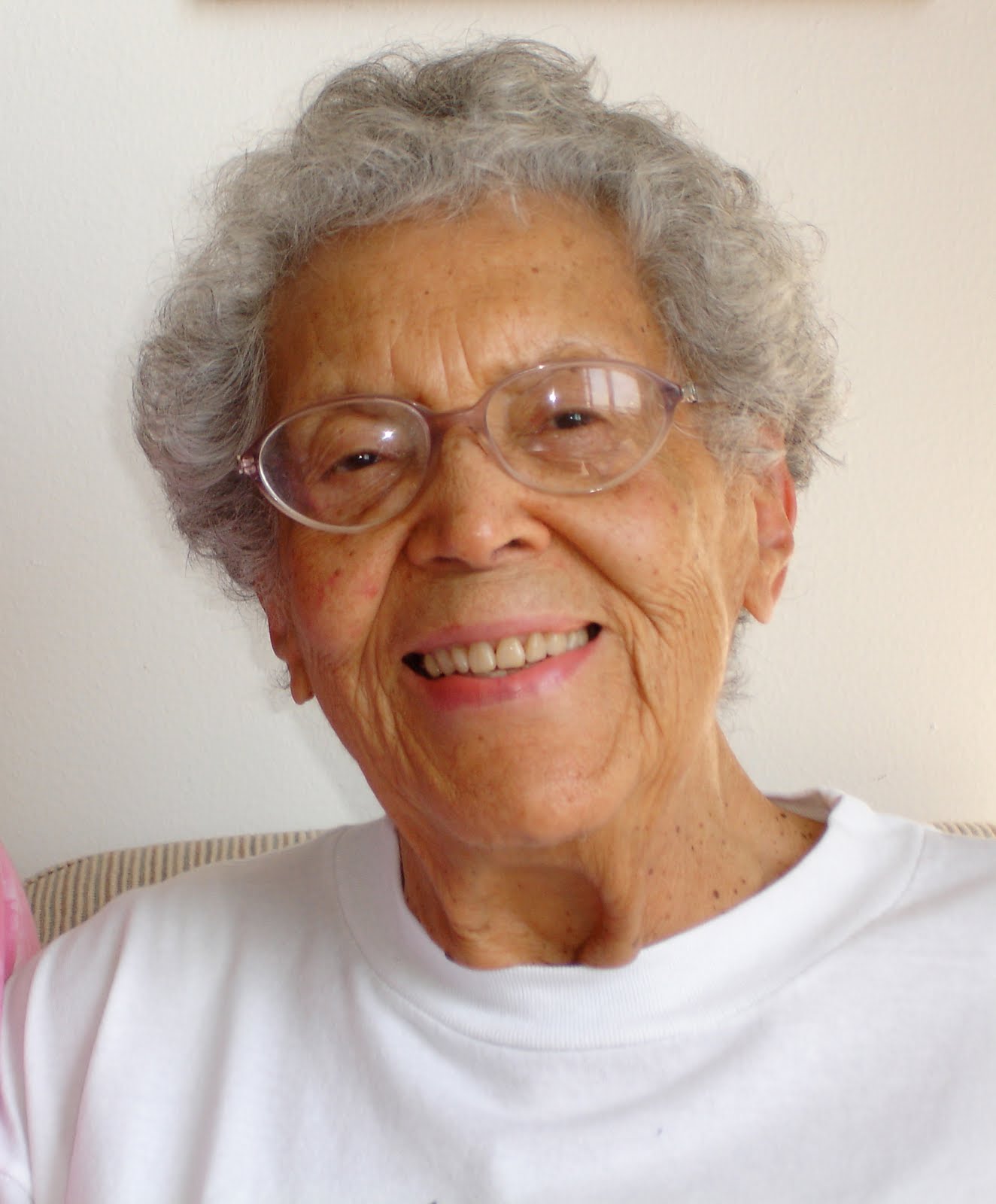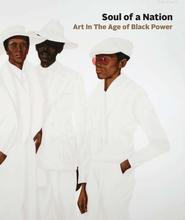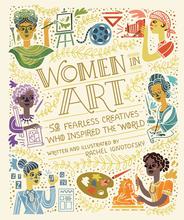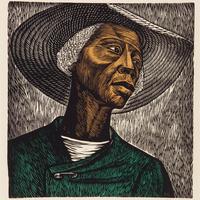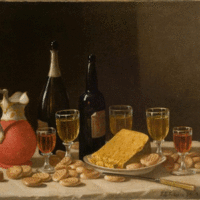More about Elizabeth Catlett
- All
- Info
- Shop
Works by Elizabeth Catlett

Contributor
Elizabeth Catlett, the descendant of freed slaves kidnapped from Madagascar, creates works about the infinite struggles faced by black women and children in the United States.
Born in Washington D.C in 1915 shortly before the death of her father, Catlett grew up listening to stories about her great grandmother being kidnapped from Africa and forced into slavery in America. Though this was probably a night-terror inducing tale for a young child to hear, listening to the plight of black women made a hefty impact on her as well as her art.
Catlett had that bone-deep artistic calling but practically no black, female artists to aspire to. This was just one of a few minor speed bumps on the road to world domination, however. Catlett attended Howard University after being accepted and then denied from her dream school Carnegie Institute of Technology (now Carnegie Mellon) for being black. The university later felt pretty stupid for this and gave her an honorary doctorate degree and a solo show, which doesn’t exactly even the score but is a start. She went on to graduate school at University of Iowa and studied under Grant Wood. (You may have heard of his most famous painting, American Gothic.) Wood was an incredible influence on her work and pushed her towards the mother and child motif that is so prevalent in her work. Catlett was one of the first three people ever to earn an MFA from University of Iowa and the first African-American woman.
Thinking that she couldn’t make it as an artist, Catlett relied on teaching for income. They say those who can’t do, teach. But because Catlett could do and could do better than most other could do she earned a fellowship to study art in Mexico, where she met the legends Frida and Diego. There is no evidence that she slept with either of them but with their record, it’s certainly not unthinkable. In Mexico, Catlett entered the Taller de Gráfica Popular, a liberal art-making collective, where she met her second husband (the first was a dud), Francisco Mora. The couple had a three children, all of which were super artsy in different disciplines, one of which gave birth to America’s Next Top Model winner Naima Mora!
Unfortunately, a number of members of the Taller de Gráfica Popular were commies in the worst time to hang with commies (the Cold War/McCarthyism) and Catlett was dubbed an “undesirable alien.” She was barred from the U.S. for a number of years but it really didn’t get her down. She dropped her American citizenship and picked up a Mexican one and continued to make art. She regained her American citizenship in 2002, when her husband died.
Her legacy as an artist is best described by Catlett herself, “No other field is closed to those who are not white and male as is the visual arts. After I decided to be an artist, the first thing I had to believe was that I, a black woman, could penetrate the art scene, and that, further, I could do so without sacrificing one iota of my blackness or my femaleness or my humanity.” You tell ‘em Liz!
Sources
- Rosenberg, Karen. "Elizabeth Catlett, Sculptor With Eye On Social Issues, Dies At 96". Nytimes.com. N.p., 2012. Web. 11 Apr. 2017.
- Farris, Phoebe. Women Artists of Color: A Bio-critical Sourcebook to 20th Century Artists in the Americas. Westport, CT: Greenwood, 1999. Print.
- Incorvaia, Kirsten. "Art Herstory: Elizabeth Catlett | M.I.S.S.". Missomnimedia.com. N.p., 2009. Web. 11 Apr. 2017.
Featured Content
Here is what Wikipedia says about Elizabeth Catlett
Elizabeth Catlett, born as Alice Elizabeth Catlett, also known as Elizabeth Catlett Mora (April 15, 1915 – April 2, 2012) was an American and Mexican sculptor and graphic artist best known for her depictions of the Black-American experience in the 20th century, which often focused on the female experience. She was born and raised in Washington, D.C., to parents working in education, and was the grandchild of formerly enslaved people. It was difficult for a black woman at this time to pursue a career as a working artist. Catlett devoted much of her career to teaching. However, a fellowship awarded to her in 1946 allowed her to travel to Mexico City, where she settled and worked with the Taller de Gráfica Popular for twenty years and became head of the sculpture department for the Escuela Nacional de Artes Plásticas. In the 1950s, her main means of artistic expression shifted from print to sculpture, though she never gave up the former.
Her work is a mixture of abstract and figurative in the Modernist tradition, with influence from African and Mexican art traditions. Catlett's work can be described as social realism, because of her dedication to the issues and experiences of African Americans. According to the artist, the main purpose of her work is to convey social messages rather than pure aesthetics. Her work is heavily studied by art students looking to depict race, gender and class issues. During her lifetime, Catlett received many awards and recognitions, including membership in the Salón de la Plástica Mexicana, the Art Institute of Chicago Legends and Legacy Award, honorary doctorates from Pace University and Carnegie Mellon, and the International Sculpture Center's Lifetime Achievement Award in contemporary sculpture.
Check out the full Wikipedia article about Elizabeth Catlett

